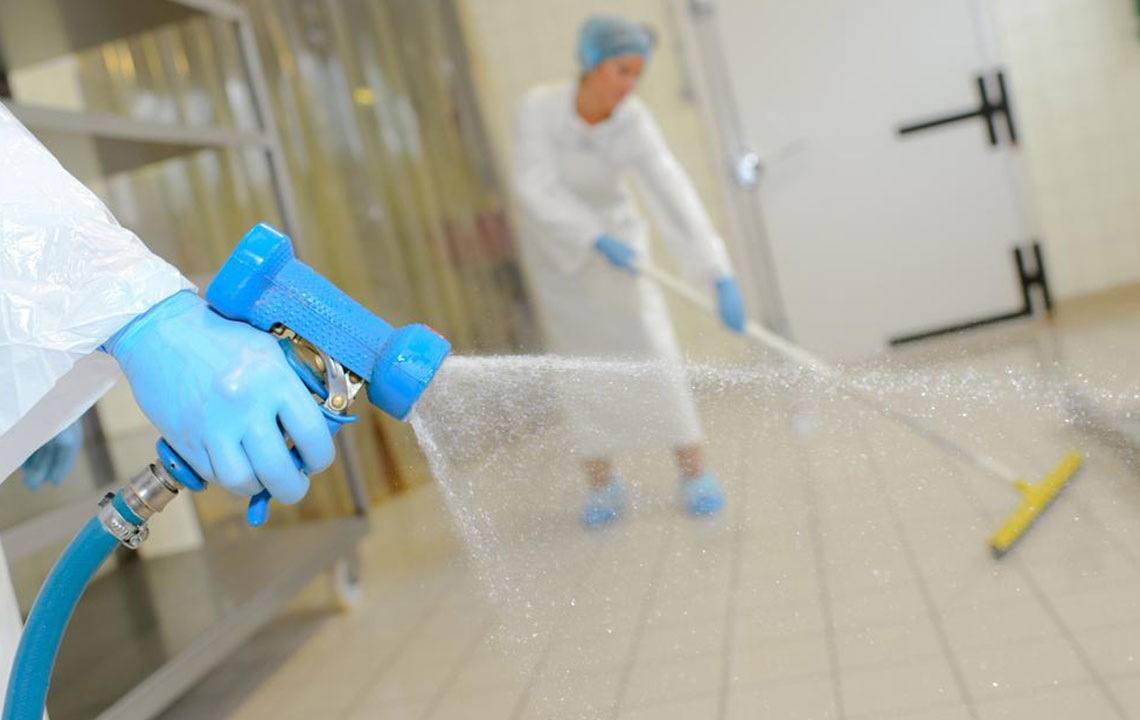
Tips to prevent infections in hospitals
Did you know, almost five to 10 percent of patients get infections in the hospitals? Now, there can be various reasons why you might need to visit a hospital. You might get admitted to a hospital for a few days, see someone for a few minutes or work as a nurse. Whatever the timeframe, you should always be careful that you don’t fall into the trap of hospital acquired infection (HAI) also known as nosocomial infection. Here’s more.
Cause of HAI : As per the statistics, the causes can be the different types of microorganisms, including bacteria and fungi that are found commonly in a hospital setting. It can be caused due to direct contact between an infected caregiver and patient or between two patients. The culprits could also be the contaminated equipment, bed linens, or air droplets of the hospital. The contaminated items, such as food, water, medications, devices, etc. serve as a natural transmission vehicle for the microorganisms. Once you understand the causes of the infections in hospitals, it becomes simpler to avoid them with the following method.
Wash your hands : This is perhaps the most efficient way to keep infection at bay. After your hospital visit, make sure that you disinfectant your hands with a hand wash/soap or a sanitizer. Using disposable gloves or sterile gloves in place of clean gloves can be useful as well.
Wear masks, gowns or white coats : Proper use of surgical masks and gowns by the healthcare providers is essential in curbing the transmission of microorganisms. Coats and plastic aprons used by the doctors serve a similar purpose. A lot of machines have radiation, and many a time, people need to check for dressing codes to keep oneself safe from infections.
Medical equipment safety protocols : Commonly used medical equipment come with different health protocols. For example, the stethoscope must be cleaned with an alcohol swab daily. Also, thorough disinfection of skin must be done before insertion of an intravenous catheter.
As they rightly say, prevention is better than cure. So, go ahead, follow these methods to prevent infection in hospitals, and keep your family safe and free from any harmful form of contamination.




